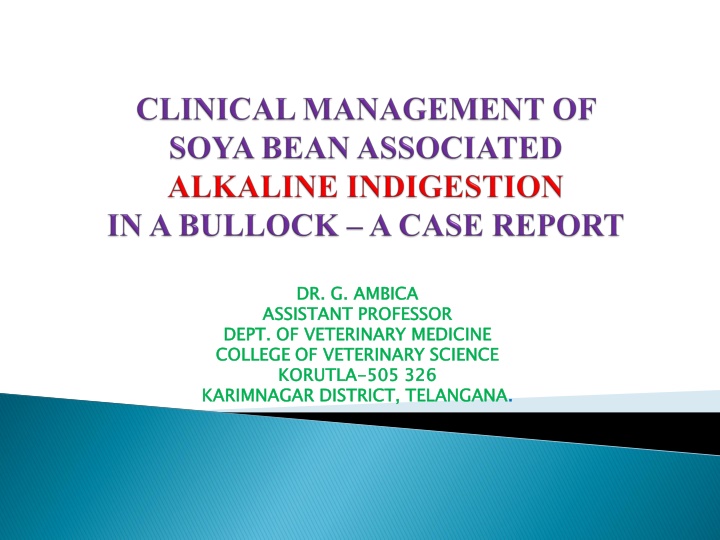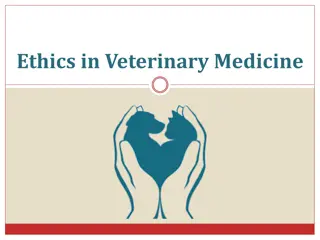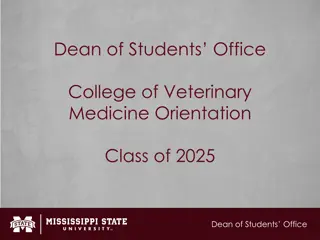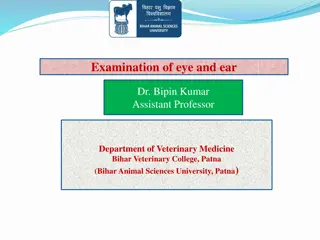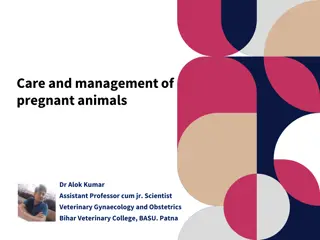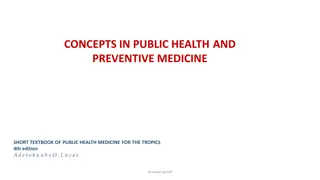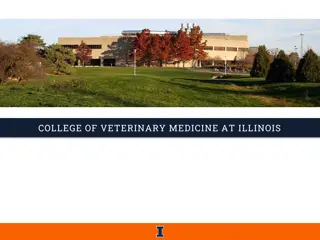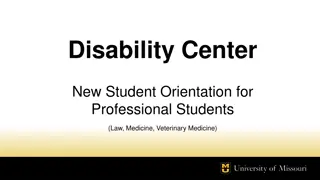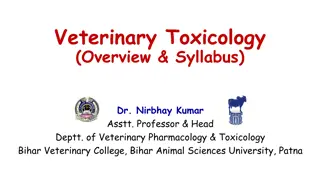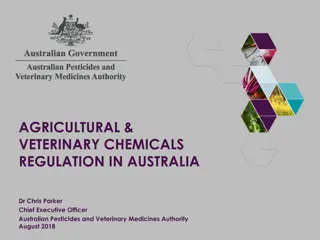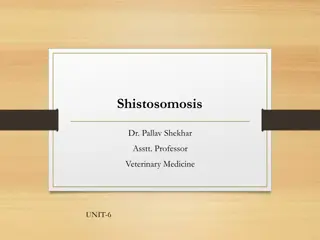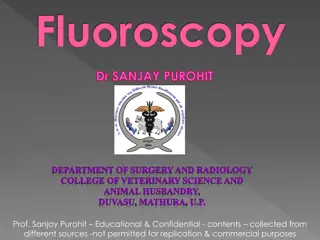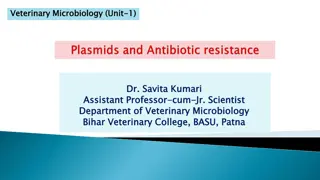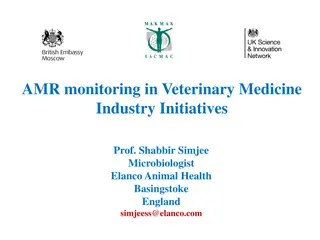Assistant Professor in Veterinary Medicine at College of Veterinary Science, Korutlakarim Nagar
"Dr. G. Ambica is an Assistant Professor in the Department of Veterinary Medicine at the College of Veterinary Science located in Korutlakarim Nagar District, Telangana. With expertise in veterinary medicine, Dr. Ambica plays a crucial role in shaping the education and training of future veterinarians. Her work encompasses teaching, research, and community engagement to advance the field of veterinary science and animal care."
Download Presentation

Please find below an Image/Link to download the presentation.
The content on the website is provided AS IS for your information and personal use only. It may not be sold, licensed, or shared on other websites without obtaining consent from the author.If you encounter any issues during the download, it is possible that the publisher has removed the file from their server.
You are allowed to download the files provided on this website for personal or commercial use, subject to the condition that they are used lawfully. All files are the property of their respective owners.
The content on the website is provided AS IS for your information and personal use only. It may not be sold, licensed, or shared on other websites without obtaining consent from the author.
E N D
Presentation Transcript
DR. G. AMBICA ASSISTANT PROFESSOR DEPT. OF VETERINARY MEDICINE COLLEGE OF VETERINARY SCIENCE KORUTLA KARIMNAGAR DISTRICT, TELANGANA DR. G. AMBICA ASSISTANT PROFESSOR DEPT. OF VETERINARY MEDICINE COLLEGE OF VETERINARY SCIENCE KORUTLA- -505 326 KARIMNAGAR DISTRICT, TELANGANA. . 505 326
Soybean (US) or soya bean (UK) is a species of legume native to East Asia, widely grown for its edible bean which has numerous uses. The plant is classed as an oilseed rather than a pulse by the UN Food and Agricultural Organization (FAO). Soybean Scientific classification: Kingdom Order Family Subfamily Genus Species : Plantae : Fabales : Fabaceae : Faboideae : Glycine : G. max
Case No. 77 Owner Particulars: Linganna, Date: 12-07-2014 Ragavpet Villaga, Korutla Mandal Karimnagar district, Telangana. Animal Particulars: Species Sex Colour : Bovine : Male (Bullock) : White Breed : ND Age : 10 years
Bullock has brought to the Teaching Veterinary Clinical Complex, College Korutla with the history of adlib soya bean intake 4 days back. of Veterinary Science, Owner has reported that it has taken more than 5 k.g of soya bean seeds. Then onwards it is dull, not taking feed and not voiding faeces. Owner has taken the bullock to near by Veterinary hospital for 2 days but there was no improvement. There bullock was treated with rumentorics and B- complex injections.
Physical examination: General body condition Demeanor : Lean : Dull, Depressed and very weak Fetid mouth odor Profuse frothy salivation Mild dyspnea Animal sunken eye balls and with skin tenting time more than 10 seconds at upper lid region. is severely dehydrated with prominent
Detailed clinical examination has revealed, Temp Pulse Heart rate Resp. rate C.M.M. B.M.M. Rumen motility: Complete atony of the rumen : 96.60F : 93/ minute : 58 beats/ minute : 35/ minute : Slight pale & dry : Normal but dry with mild tympany,
We have collected dung, urine, blood Faecal sample is negative for parasitic ova Peripheral haemoprotozoans blood smear is negative for In serum increased BUN levels was noticed Urine examination: Colour : Normal Odour : Slight pungent
We could able to aspirate 1 ml of rumen fluid with 16 G needle fitted to 20 ml syringe, after proper sterilization of the collecting site(mid Left paralumbar fossa) and did rumen fluid examination. While poking the needle itself there was pungent odour. RUMEN FLUID OBSERVATIONS: Colour Consistency Odour pH : dark brown : Watery : foul and putrid : 8.5 Microscopic examination has reveled all dead protozoa
We have removed the dung manually as much as possible. Animal was treated with the following medication Inj. DNS 900 mL i.v Inj. RL 450 mL i.v Inj. Histanil 20 mL i.m Inj. Intamox 3375 mg i.v Inj. Belamyl 20 mL i.m Drenched Magsulf orally by mixing 50 g of magsulf powder in 2L of water. Advised owner to drench tamarind water (around 1/4thkg of tamarind mixed in 2L of water which act as acidifier).
Treatment with i.v fluids and antibiotics was repeated for two more antihistamines and supportive Belamyl was continued for 5 days. days, treatment where as with Rumentas bolus @ 4 daily for 3 days were advised for 5 days after voiding the dung. Bullock started started taking green grass from 4th day onwards and was recovered fully in 10 days.
THANK YOU THANK YOU
